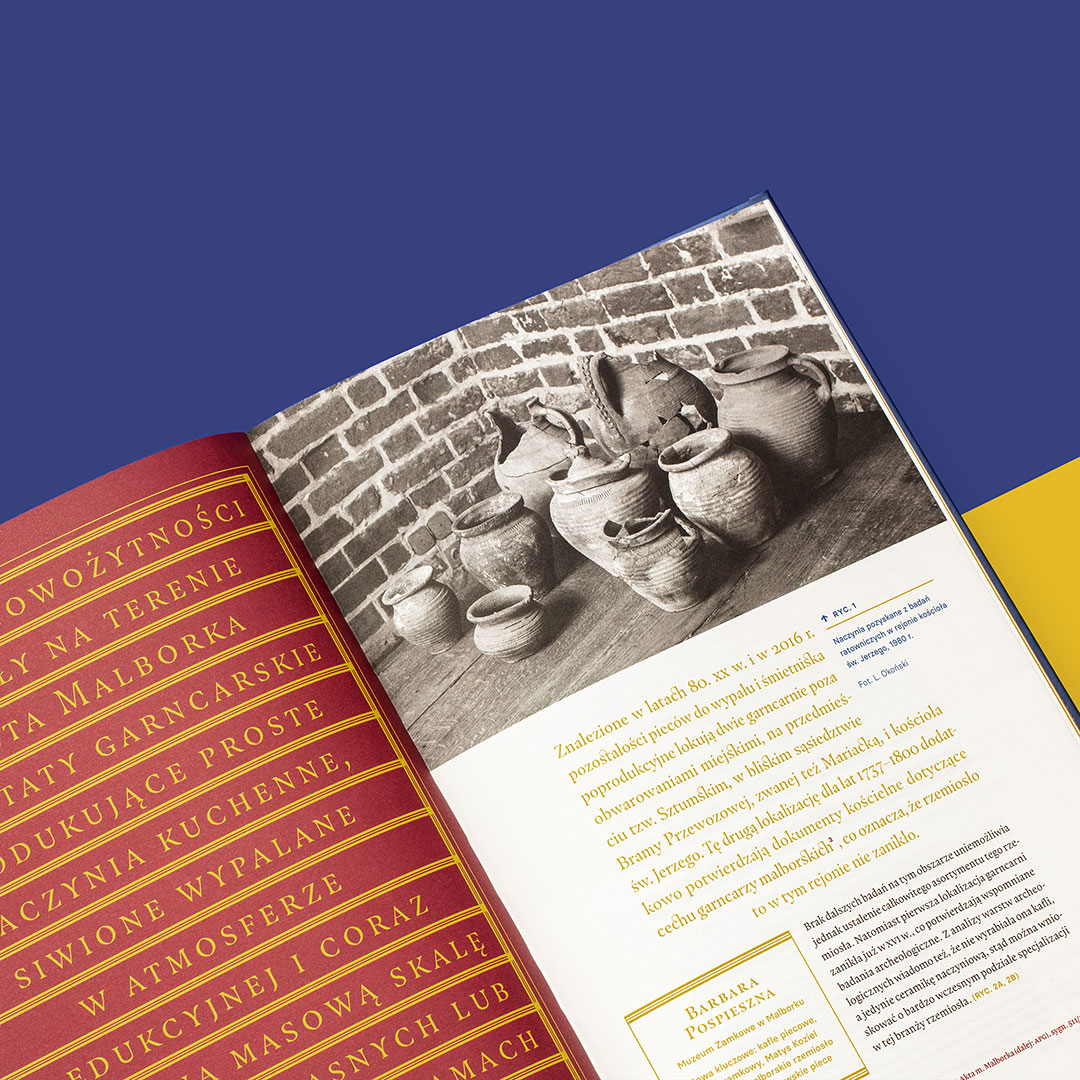We’ve been busy working on a small exhibition of our books that will happen in our alma mater (and also a workplace of one of us), the Academy of Fine Arts in Gdańsk. We will be showing a few of our books together with technical information about their design. If you’re around and are curious to see in the flesh the books we’ve been showing here, do drop by, either for the opening on the 20th or until the beginning of March. If it’s too far or otherwise inconvenient, we will share photos later. For now please enjoy the poster.

































